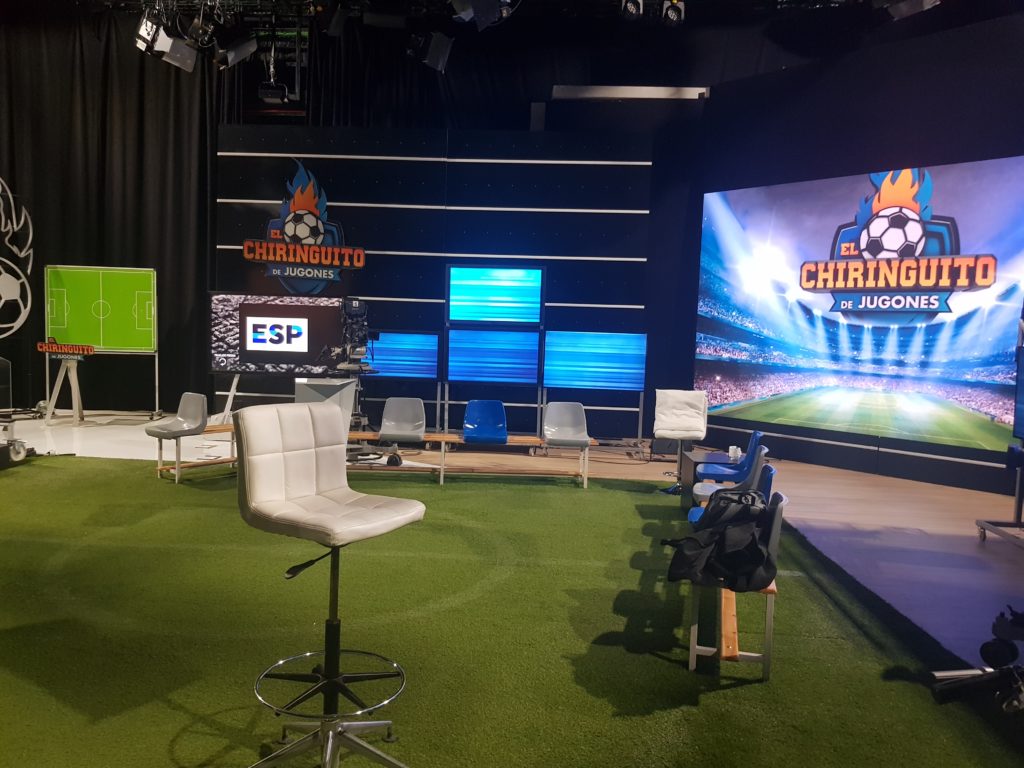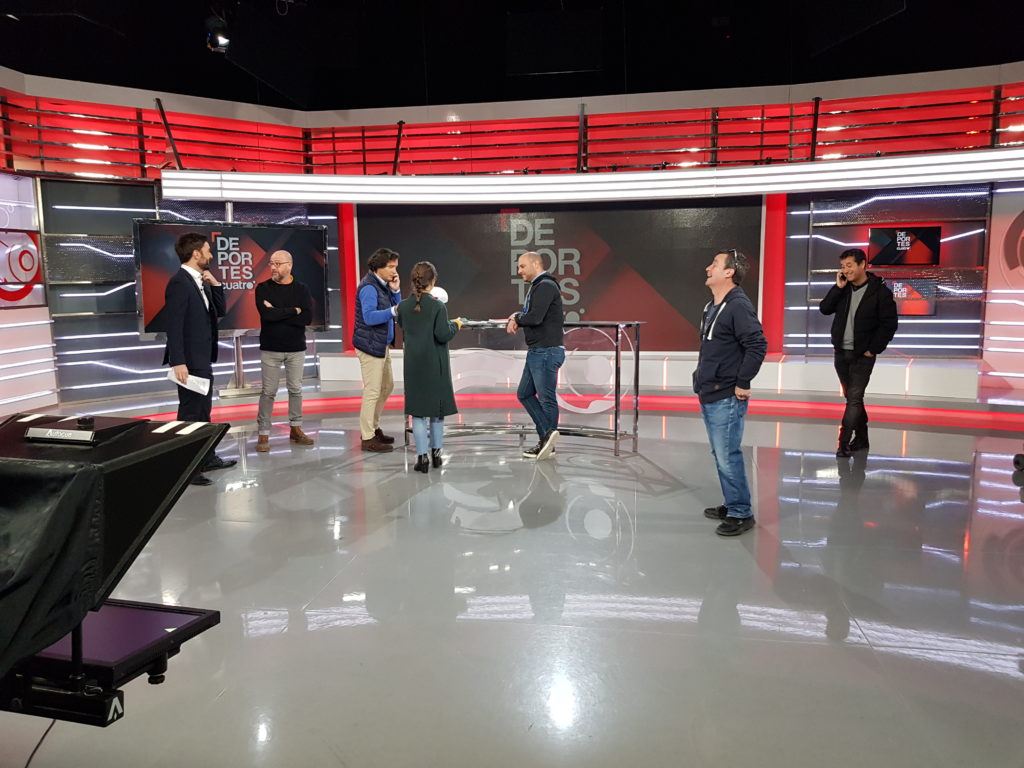Audiences and Sports Journalism in Spanish TV Programs

Sports programs use the social networks and some of their features to connect with audiences (such as online surveys) to fix the editorial line of the program. This is one of the main conclusions of the research Audiencies and Sports Journalism in Spanish TV Programs: Building a Transmedia Continuum and published in a book tittled Active Audiences: Empowering Citizens’ Discourse in the Hybrid Media System.
The consumption of sports content has an indisputable role in media culture in Spain. Marca, the most widely read newspaper in the country (EGM, 2019) is an example of that. Furthermore, across all the Spanish channels, the most widely represented genres in the programming schedules are fiction, entertainment and sports (Barlovento, 2018).

Despite this significance, the consumption of sports journalism has been fundamentally passive. Unlike general media, sports media have not offered some of the traditional forms of participation such as letters to the editors or TV and radio call-in shows. With the emergence of social networks, this situation has completely changed, leading to a greater level of interaction in digital media, but also on the radio and television.
In this changing landscape of contemporary media sports broadcasting (Gantz and Lewis, 2014; Li et al., 2015; Vimeiro, 2015), social networking sites are used as vehicles to redirect content to the audience.
This research aims to analyze how four of the leading sports programs on Spanish television use social media to establish different categories according to the type of message published and the intentionality of demand participation to the audience. The programs that were analyzed are (see Figure 12.1), on the one hand, El Club de la Mitjanit [The Midnight Club] and Estudio Estadio [Studio Stadium], belonging to two public
entities such as TVC (Television of Catalonia) and RTVE (Spanish Radiotelevision). On the other hand, El Chiringuito de Jugones [The Beach Bar of Good Players] and Deportes Cuatro [Sports Four], both products of the two most important private communication groups in Spain, Atresmedia and Mediaset, respectively.
Continuum Strategy for Building Loyalty
Our results reveal how sports shows on Spanish television act as the central axis of conversation and impose topics discussed by their followers on social networks. The media we analyzed seek to direct their users from the social network to television and vice versa, creating a transmedia “continuum” by inviting audiences to follow their coverage. Furthermore,
sports shows seek to generate a greater participation, which translates into greater engagement. That said, calls for participation on Twitter through hashtags do not generally feature in the contents issued by the majority of the programs.
Spectators and users of social networks cannot be part of the programs’ dynamics if they do not immerse themselves in media practices
Each show opts for a different strategy on Twitter. Despite the consolidation of social networks as an intrinsic part of sports content, programs continue to use Twitter in a referential sense. Two models emerge in the management of Twitter accounts. The self-conclusive model, which is mainly associated with the social television concept and which serves to endorse and reinforce the content of the live broadcast. Hence, tweeting starts and ends when the TV live broadcast does. Alternatively, shows opt for the continuum model, which generates content with the aim of transferring followers to the traditional audience. The programs’ life is extended thanks to social networks.

Spectators and users of social networks cannot be part of the programs’ dynamics if they do not immerse themselves in media practices. They find themselves in a hamster wheel paradox. Social media engagement gets them inside the wheel. This generates appeal thanks to viral (trending topics) and infotainment content. Because of the interactive nature of social media, users stay on the wheel and keep it turning (maintaining). However, according to the logic of “transferring”, they now feel — illusorily — they are not constricted by the hamster wheel as they can abandon the single-screen environment in exchange for a multi-screen (multi-wheel) setting.